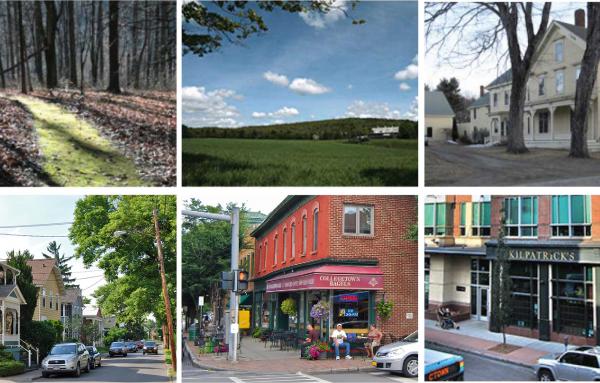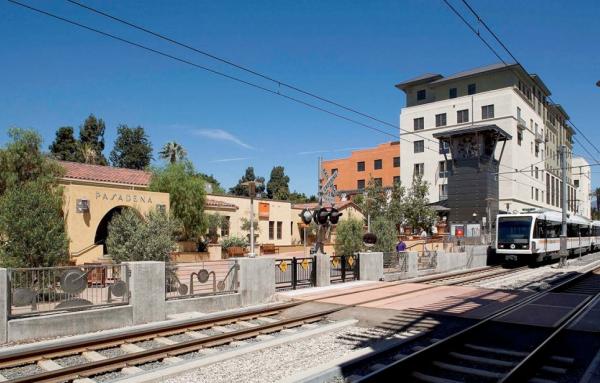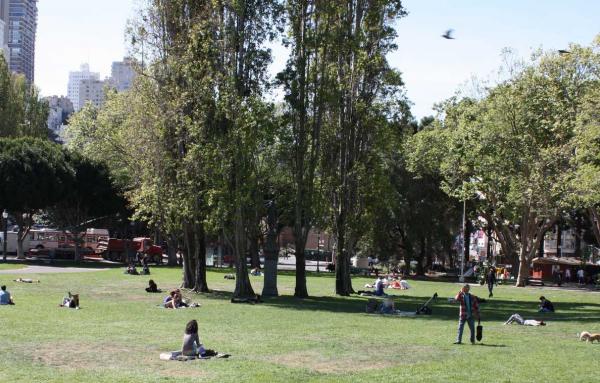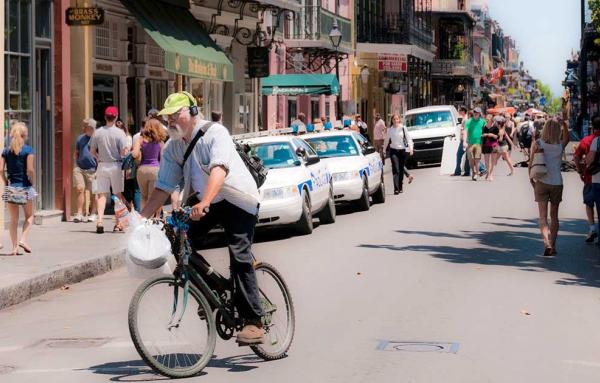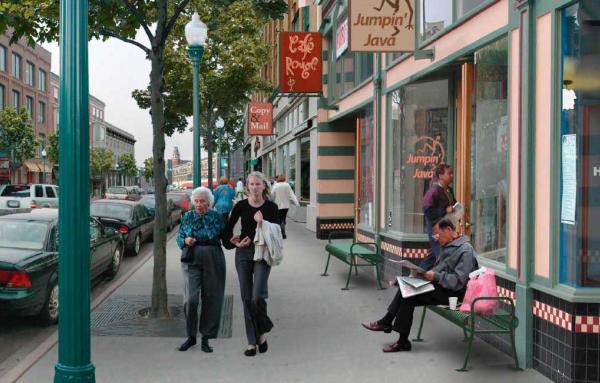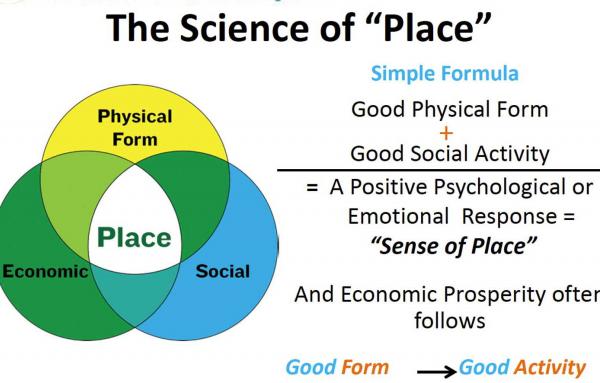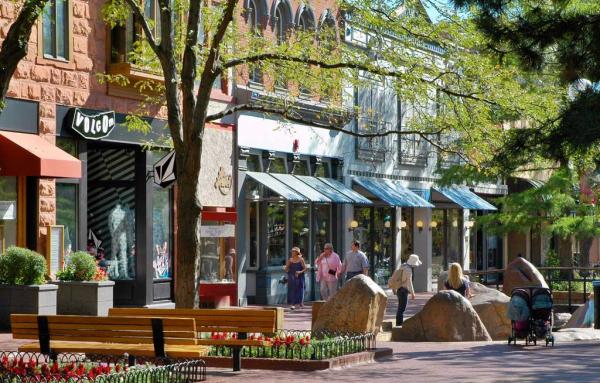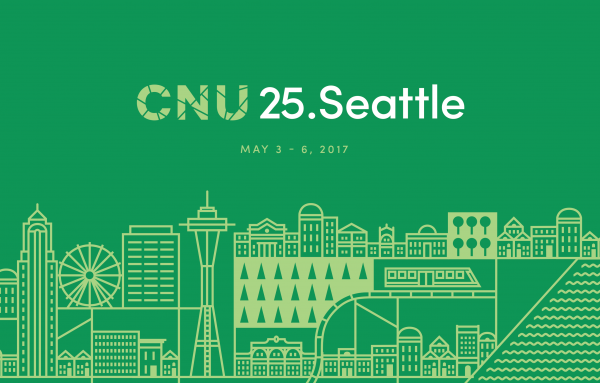Design
The New Urbanism brought the environmental transect methodology into planning and development of human-scale, complete communities. Now the human habitat can be analyzed as a continuum with the natural world.
Transit-oriented development links transportation and land use—providing people with maximum choice in how to get around by intensifying activities near transit nodes with high quality public space.
"The prime ingredient of urbanism is really public space and the public realm. So the urban plan comes first and the building second."
City parks have been endangered by suburban flight, privatization and design overkill. Here’s a short list of basics for planning true public spaces.
For storefronts that keep pedestrians entertained, here are the rules of thumb.
Pedestrian sheds are a foundational idea of designing cohesive communities, but the challenge is the gap between what planners know and developers are building.
The Nolli Map is the most underutilized tool in the designer/developer tool box. It provides an intimate understanding of place.
Here's how great walking environments benefit eating and drinking establishments (and vice-versa).
Cities that blend old and new are helping to define urbanism in the 21st Century.
“Sense of place” is not some nebulous, mystical idea. Sense of place is the emotional or psychological reaction to "place," as shown in the graphic above, created by Michigan State Housing Development Authority (MSHDA).
Older and smaller buildings and a wide range in building age offer real economic and social benefits for neighborhoods and urban centers.
Here's a preview of what you will see and do in Seattle at the 25th annual Congress for the New Urbanism this May.
